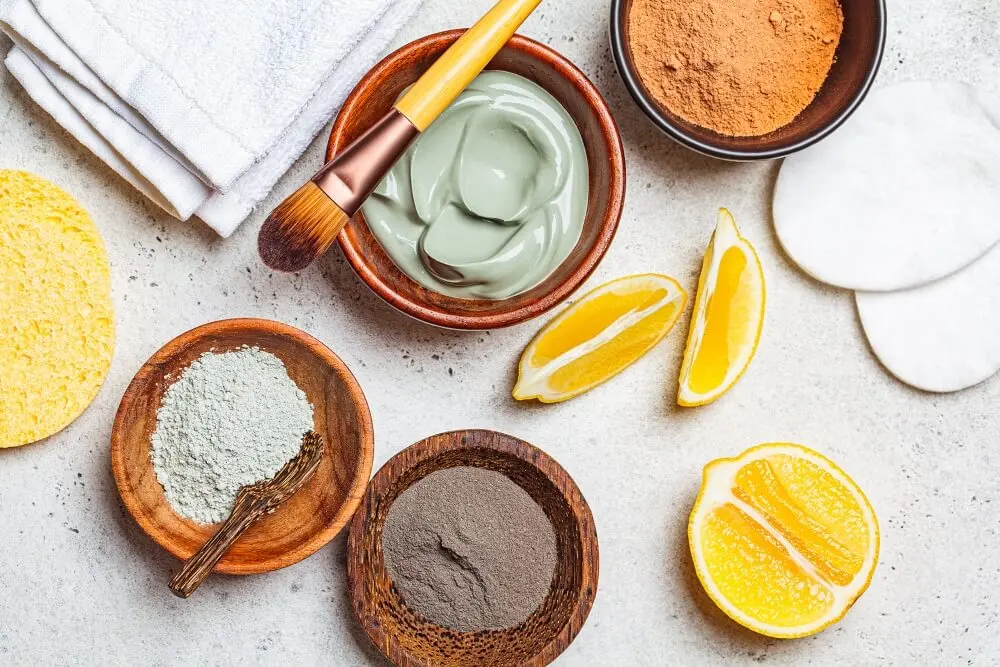Remedies and Treatment for Lumbago


Reviewed and approved by Doctor Carlos Fabián Avila
Lumbago or lumbalgia is a pain in the lumbar area, which is the lower back. It can arise due to several different reasons and affect the musculature, ligaments, nerves, and also the intervertebral discs. Have you ever suffered from it? Do you know what the best treatment for lumbago is?
Attacks of lumbago are characterized by pain, stiffness, or decreased movement. They can last a few days or become a chronic disorder that considerably affects the quality of life of the sufferer. Below we’ll explain the possible causes and natural remedies to prevent it and alleviate the symptoms.
Possible causes of low back pain
Low back pain can be caused by several factors, among them:
- Arthritis or arthrosis
- Renal diseases
- Herniated intervertebral disc
- Stress and emotional overload
- Constipation and intestinal problems
- Muscular tensions and compensations
- Deviations of the spine (lordosis, scoliosis)
It’s important to consult a specialist if the lumbago doesn’t improve in three days, as it may also be related to other more complex diseases. Consequently, the doctor will perform the relevant tests to determine the diagnosis.
Dietary recommendations
When suffering from an attack of lumbago, it’s essential to follow the doctor’s instructions and, at the same time, maintain a healthy lifestyle. This includes following a balanced diet and avoiding foods that could worsen inflammation, such as dairy products, white sugar, red meat, and refined flour.
Instead, it’s recommended to consume foods that help to reduce inflammation on a daily basis, for example:
- Pineapple
- Celery
- Melon
- Nuts
- Papaya
- Cucumber
- Green tea
- Ginger
- Chia seeds
- Natural fruit juices and herbs
Discover more here: Nutritional Strategies to Reduce Muscle Inflammation
Remedies and treatment for lumbago
1. Arnica
Arnica is a plant that has anti-inflammatory and analgesic properties. Therefore it’s used for the relief of bumps and injuries in the form of extract, cream, gel, homeopathic globules, among others. In fact, in pharmacies and parapharmacies it’s possible to find different topical products containing arnica.
According to a study published in 2009 by researchers in Italy, this remedy can work as a treatment for those who have low back pain.
2. Local heat
It’s recommended to heat the lumbar area with a hot water bottle, an electric blanket, or by covering it with a wool cloth.
Alternatively, it’s recommended to apply the shower spray directly on the lumbar spine, gradually increasing the temperature and moving the jet from one side to the other for 2 to 4 minutes.
The combination of hydrotherapy with the temperature of the water can help to bring relief.
3. Infusions
Infusions that could help to reduce inflammation and relieve discomfort are horsetail and sarsaparilla. Although you could also try the classic chamomile infusion, which has analgesic, anti-inflammatory, and soothing properties.
You can prepare a liter of infusion with one of these herbs, and consume it in moderation throughout the day. You can add some lemon juice and a little stevia to sweeten, if you prefer, but ideally consume them without additives.
4. Poultice

It hasn’t been scientifically proven that clay works as a remedy for lumbago. However, many believe that it can contribute to relief, in mild cases, and especially when combined with turmeric and other ingredients with anti-inflammatory properties.
The poultice is prepared as follows:
- First mix warm water with green or red clay.
- Stir until you obtain a paste that can be applied without it running off.
- Then spread it compactly on the skin of the entire lower back.
- Cover it with a gauze or cloth and also with a thick woolen cloth for warmth.
- Leave it on for at least half an hour; you can also leave it on overnight.
- The clay will absorb toxins, lower inflammation, and also provide minerals for the body.
Another great article for you: What is Acute Low Back Pain?
Cupping therapy for lumbago
This technique is an ancient therapeutic method that consists of using glass cups to make a vacuum effect to stick them to the body, create suction on the skin and part of the muscle, open the pores and also stimulate blood and lymphatic circulation.
In a study published in the journal Acupuncture in Medicine in 2013, it was established that cupping therapy could be effective for the treatment of lumbago.
It’s advisable to go to a therapist to carry out this treatment, and we recommend consulting a specialist before starting therapy.
All cited sources were thoroughly reviewed by our team to ensure their quality, reliability, currency, and validity. The bibliography of this article was considered reliable and of academic or scientific accuracy.
- ¿Qué es la lumbalgia? ¿Por qué debe prevenirse? https://www.intramed.net/contenidover.asp?contenidoID=92375
- Buka, A. J. (1934). Lumbago. The American Journal of Surgery. https://doi.org/10.1016/S0002-9610(34)90179-3
- Morimatsu, M., Hirai, S., Eto, F., & Yoshikawa, M. (1979). Lumbago in the Geriatric Medical Patients. Japanese Journal of Geriatrics. https://doi.org/10.3143/geriatrics.16.353
- Covarrubias-Gómez A. Lumbalgia: Un problema de salud pública. Rev Mex Anest 2010; 33 (S1). http://www.medigraphic.com/cgi-bin/new/resumen.cgi?IDARTICULO=24608
This text is provided for informational purposes only and does not replace consultation with a professional. If in doubt, consult your specialist.








